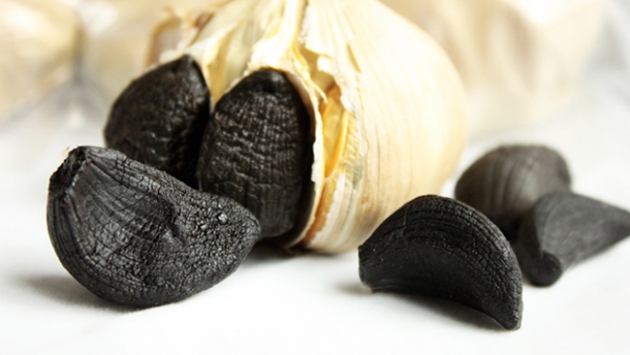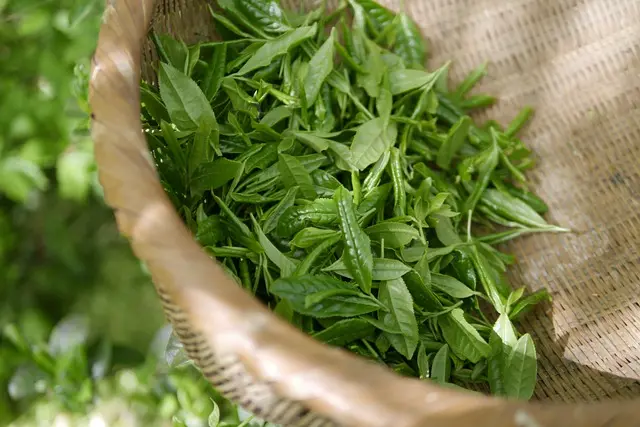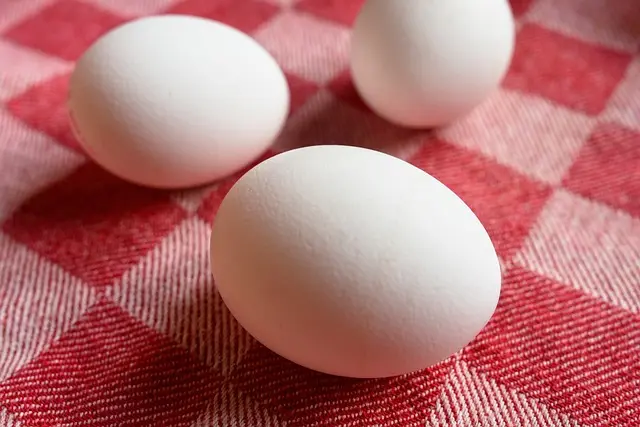
Garlic (Allium sativum L.) is a vegetable belonging to the Alliaceae family and has been consumed since ancient times. Many people love this food, which is both delicious and beneficial. But it has a sharp taste and smell. This reduces the consumption of this food. However, this problem can be prevented by processes such as heat treatment, fermentation and drying. With these applied processes, an alternative product has emerged. In addition, the antioxidant activity of this product and the number of phenolic substances is richer than natural garlic. Let’s take a closer look at this product called black garlic.
What is black garlic?
It is an odorless, sweet and elastic product with black colored teeth. It is formed by the fermentation of natural garlic heads at temperatures of 60°C and above and humidity between 85-90%. This process takes approximately 30-40 days. As a result of heat treatment, non-enzymatic browning reactions like Maillard occur. This reaction is effective in the formation of black garlic. In other words, with this reaction, the undesirable odor of the garlic goes away. A dark color formation occurs. In addition, there is a softening in the texture. Along with this, changes occur in nutritional values. Some antioxidants that were not present before the fermentation process appear after fermentation.
How to use black garlic?
Especially in recent years, with the increasing interest in this food, its usage areas have increased rapidly. It is used in products such as puree, sauce, salt, oil, mayonnaise, chips, alcoholic beverages, and shampoo. We can also make dishes such as arugula salad with black garlic, freshly baked vegetable dish, chicken with curry sauce and pancakes in our kitchens. In addition to all these, it is also used in the production of brownie and chocolate cakes in the food industry.






